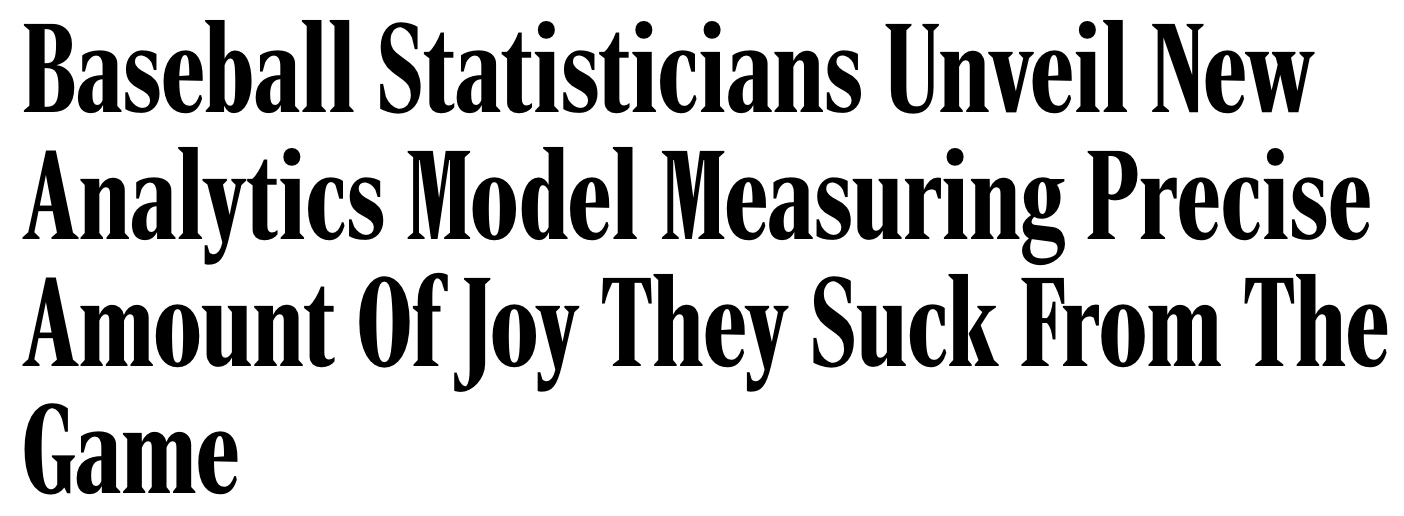model alpha beta mean mode var sd
1 prior 8 7 0.5333333 0.5384615 0.015555556 0.12472191
2 posterior 18 12 0.6000000 0.6071429 0.007741935 0.08798827Bayes news: teaching the Beta-Binomial using real and fake headlines
UKCOTS 2025 University of Glasgow
Outline
- Introduce the Course Context
- Introduce the Activity
- Next Steps
Course Context
Target Course: Intro to Probability and Statistics or Bayesian Statistics Course
Student Background:
Basic probability concepts (e.g., probability of success/failure)
What a probability distribution represents
Familiarity with the concept of conditional probability
Some prior experience with R programming
Activity Overview
- Goal: Show how priors, data, and posteriors interact with a real example
 CNN (the Cable News Network) is widely considered a reputable news source. The Onion, on the other hand, is (according to Wikipedia) “an American news satire organization.
CNN (the Cable News Network) is widely considered a reputable news source. The Onion, on the other hand, is (according to Wikipedia) “an American news satire organization.
How well do people distinguish real news stories published on cnn.com from fake news stories published on theonion.com?
Learning Objectives
- Define and distinguish between prior and posterior distributions.
- Use the Beta distribution to construct prior beliefs about a probability.
- Apply Bayesian updating to revise beliefs with observed data.
- Interpret summary statistics (mean, mode, standard deviation) of Beta distributions.
- Reflect on how prior information and data interact to shape posterior conclusions.
Activity Sequence
- Introduce the Context
- Construct and Visualize Priors
- Discuss Vague vs. Informative Priors
- Take the Quiz
- Update Priors with Data and Visualize Posterior
- Update Priors with Class Data and Visualize Posterior
- Compare Posteriors from Different Priors
- Discussion questions
1. Introduce priors
Let \(\pi\) be the proportion of correct answers a person guesses right in the CNN vs the Onion quiz.
| Optimistic | Undecided | Pessimistic |
|---|---|---|
| Beta(14, 1) | Beta(1, 1) | Beta(5, 10) |

2. Constructing priors
The shape parameters \(\alpha\) and \(\beta\) can be interpreted as the approximate number of successes and failures.
Beta(approx_num_correct, approx_num_wrong).

3. Discuss vague vs. informative priors

4. Take the quiz (15 CNN/Onion headlines)
5. Update with data
summarize_beta_binomial(alpha, beta, y = NULL, n = NULL) summarizes the mean, mode, and variance of the prior and posterior Beta models of \(\pi\)
plot_beta_binomial(alpha, beta, y = NULL, n = NULL) [function produces a plot of any combination of the corresponding]; plots prior pdf, scaled likelihood function, and posterior pdf
Arguments:
- `alpha, beta`: positive shape parameters of the prior Beta model
- `y`: number of successes
- `n`: number of trials5. Update with data

5. Update with data
| Optimistic | Undecided | Pessimistic | Student Prior |
|---|---|---|---|
| Beta(14, 1) | Beta(1, 1) | Beta(5, 10) | Beta(8, 7) |
optimistic_prior <- plot_beta_binomial(alpha = 14, beta = 1, y = 10, n = 15) +
labs(title = "Optimistic")
undecided_prior <- plot_beta_binomial(alpha = 1, beta = 1, y = 10, n = 15) +
labs(title = "Undecided")
pessimistic_prior <- plot_beta_binomial(alpha = 5, beta = 10, y = 10, n = 15) +
labs(title = "Pessimistic")
student_prior <- plot_beta_binomial(alpha = 8, beta = 7, y = 10, n = 15) +
labs(title = "Student Prior")5. Update with data

6. Update with neighbor and class data
With class data: 80 correct out of 150 questions
| Optimistic | Undecided | Pessimistic | Student Prior |
|---|---|---|---|
| Beta(14, 1) | Beta(1, 1) | Beta(5, 10) | Beta(8, 7) |
optimist <- plot_beta_binomial(alpha = 14, beta = 1, y = 80, n = 150) +
labs(title = "Optimistic")
undecided <- plot_beta_binomial(alpha = 1, beta = 1, y = 80, n = 150) +
labs(title = "Undecided")
pessimist <- plot_beta_binomial(alpha = 5, beta = 10, y = 80, n = 150) +
labs(title = "Pessimistic")
student_prior <- plot_beta_binomial(alpha = 8, beta = 7, y = 80, n = 150) +
labs(title = "Student Prior")7. Compare effects of prior choice on the posterior

8. Discussion Questions
How does observing more data affect the shape of the posterior?
What happens to the posterior mean as you observe more correct or incorrect outcomes?
In what ways does the posterior reflect a compromise between prior belief and observed data?
Where to find the Activity
Activity Link; Instructor Guide; Github Readme Homepage Link
Conclusions and Next Steps
- Fun activity where students generate their own data and explore Bayesian thinking.
- Plan to gather feedback from students on activity in coming year.
- Make updates based on student and facilitator feedback.
- Adapt activity for different levels of R knowledge.
- Streamline webr experience (missing BayesRule package).
Thanks and Questions

This work was supported by the National Science Foundation under Grant Nos #2215879, #2215920, and #2215709.
